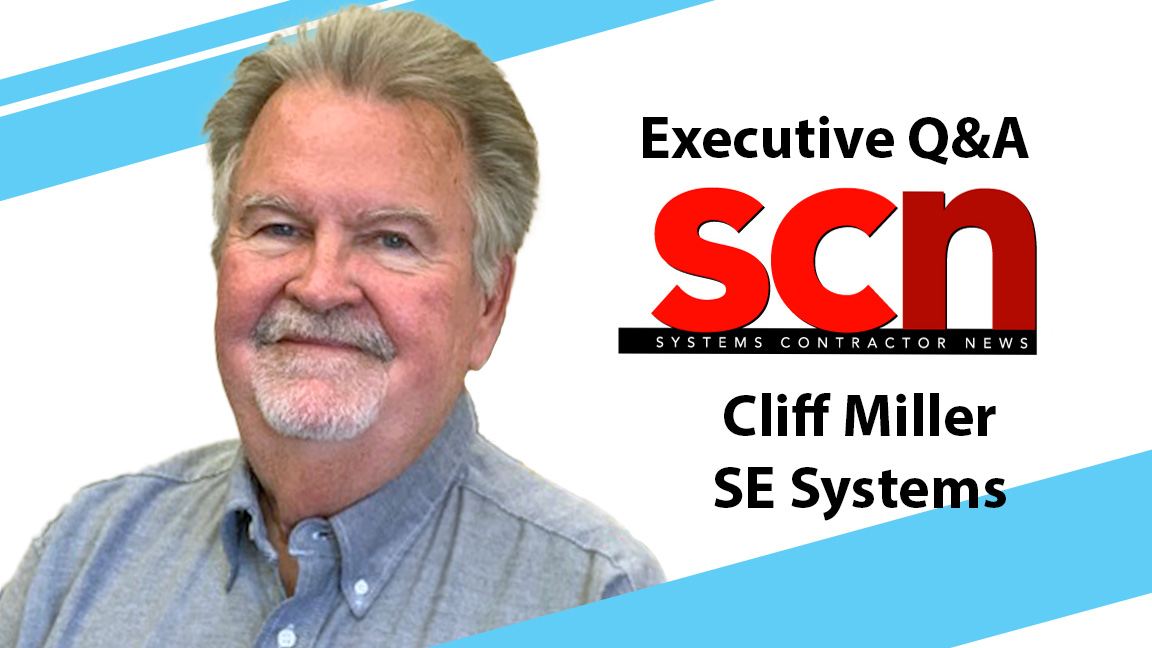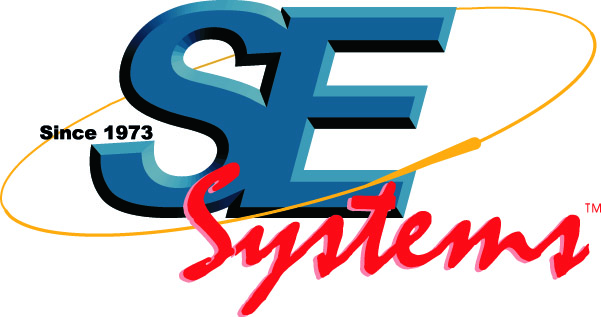Executive Q&A: 50 Years of Sound
SE Systems founder and owner Cliff Miller talks about the evolution of audio technologies and the secret to retaining talent.

SCN: How has the integration business changed the most since you established SE Systems?
Cliff Miller: It’s a lot like the comparison of rotary/button home phones to cell phones. And then from cell phones to watch phones. I expect the Dick Tracy video watch phone any day now. In the 70s, we built most of the loudspeaker cabinets, loaded them with JBL components for church installations. Many hours were spent under baptistries wiring floor plates and soldering to terminals in an 8x10 box. A 12-channel analog console was a must, with larger churches springing for 16 channels.

In the mid-80s, there were plenty of loudspeaker manufacturers offering high-quality enclosures, so we basically closed our wood shop. It was sometime in the 90s that we started working with system design consultants on larger projects. The need was a good project manager, electrical crew, and a couple of audio wiring technicians.
Networked systems became the norm, and audio engineers were required to become IT fluent. But for customers, the interface became user friendly, with multiple functions happening at the touch of a button. We still consider ourselves quite small in relation to the many national companies out there, preferring to focus on fewer projects at a time.
[Executive Q&A: Embracing Alliances]
SCN: What are some of the major challenges facing the Pro AV industry today?
CM: Skilled labor and the “fight” with other industries requiring similar talent. Corporations and universities have deep pockets—and in today’s economy, it’s difficult to recruit young people. I also find that many young people lack hands-on skills (through no fault of their own), where their generation didn’t work on their own cars or tear things apart to see how it works. Send me a kid that grew up on a farm. I know, I’m old.
A daily selection of the top stories for AV integrators, resellers and consultants. Sign up below.
SE Systems founder and owner Cliff Miller talks about the evolution of audio technologies and the secret to retaining talent.
The second major challenge was the serious backlog of equipment for almost every manufacturer due to the pandemic. Fortunately, we had a pretty large inventory of new and used equipment and could make temporary substitutions to get a system going while waiting for the spec’d product(s). The downside was that it required extra labor and multiple trips to the job site, but the upside was keeping the customer happy.
SCN: Since pandemic restrictions eased, how busy has your Production Division been?
CM: To put it in audio terms it was a fade-up start (groan). Promoters and venues alike needed to gauge public sentiment for gathering in groups again. Then, all at once, it was wide open. Unfortunately, the entertainment industry struggled to find enough freelance engineers to fill positions for shows and events. Many in the industry turned to “essential services” jobs and didn’t return to the audio business. Larger touring companies hired many of the available freelancers, but we were fortunate to find engineers uninterested in the long periods of travel required.
SCN: It sure seems like SE Systems production employees stay with the company for a long time. What’s your secret to retaining talent?
CM: It’s really no secret. You treat employees like family, don’t ask them to do anything you wouldn’t do, and instill the truth in them that they are the face of SE Systems to our clients. Our product sales manager, JR Luther, has been with the company for 39 years; Buck Parker, VP, 34 years; Hardy Walker, operations manager, 29 years; and Gail Parker, business manager, 23 years. Bill Evans, Charlotte store manager, and John Lewis, corporate events manager, have both been with us for over 20 years. Time flies when you enjoy your work.
SCN: You do lots of audio installs—what is something customers generally underestimate or simply don’t understand about audio systems?
CM: Many of our installations are in the design-built category where the client says, “We need a sound system.” The next step is to question the individual or committee as to what they need the system to do and how do they plan to use it. Sometimes you’re dealing with folks who lack a clue as to what is really needed, but after long question-and-answer sessions, you hopefully get a feel for a basic system. With experience, we direct the questions to the related usage: church, fellowship hall, corporate meeting spaces, ballparks, etc. And, fortunately, with networked audio components, it’s much easier to expand as the need arises if you install a good infrastructure.
SCN: How much interest are you seeing in immersive audio projects for houses of worship?
CM: The immersive experience has been gaining a lot of attention from not only the house-of-worship market but many other markets as well. Although the immersive experience has evolved to include audio, video, lighting, and interactive elements, the fundamentals have remained. We have several clients looking to make changes to their AV systems to start pushing in this direction, while making budgetary plans to complete the process in stages over 3-5 years. An ongoing challenge is staff education on creating content within the platforms to produce the desired environment. Not all clients have the need or budget to push in this direction. During early conversations, it is important to clearly understand leadership’s vision to then be able to execute that vision through technology.
[The Integration Guide to House of Worship 2023]
SCN: What are some of the unique challenges of the AV integration projects for houses of worship?
CM: Cost is often underestimated, but that is not a new feature. Many nonprofessional clients have performance expectations based on experience with earbuds, a car, or home theater, and don’t understand the techniques and operator skill required in a live sound system. In traditional worship, we often have room acoustics suitable to an organ, which works against speech clarity. Sports clients now expect significant low frequency output for music and, in some cases, video to enhance the game experience, which adds significant cost to a system. Our goal is to educate the customer on features required for a successful system. SE Systems application experience combined with current AV products can match many needs and budgets.

SCN: Time to brag a little bit–what is one of your favorite recent installations and why?
CM: The Steven Tanger Center for the Performing Arts in Greensboro, NC. This was a local project for SE Systems, and we were fortunate to have a seat at the table with the owner/construction design group for years through completion of the facility. We also brought in Parsons Technologies (Now Archkey) to split AV duties. Arup was the audio/acoustical consultant.

Mark J. Pescatore, Ph.D., has been the content director of Systems Contractor News since 2021. During his career, he's hosted and programmed two ongoing regional industry trade shows (including Future B2B's AV/IT Summit), produced and hosted podcasts and webinars focused on the professional video marketplace, taught more than a dozen college communication courses, co-authored the book Working with HDV, and co-edited two editions of The Guide to Digital Television.
